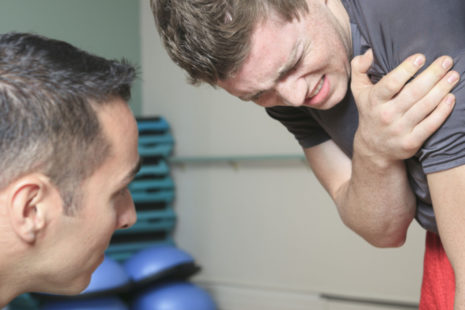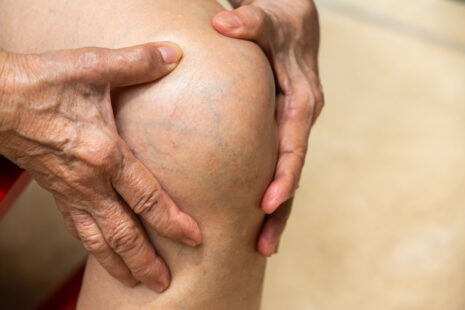The timing for starting rotator cuff rehabilitation (rehab) depends on several factors, including the severity of the injury, the extent of tissue damage, and recommendations from a healthcare professional. The goal of rotator cuff rehabilitation is to promote healing, restore shoulder function, and prevent further injury.
Here are some considerations for when to start rotator cuff rehab…
- After Initial Injury Assessment – Following an acute rotator cuff injury, it’s essential to seek medical evaluation from a healthcare professional, such as a physician or physical therapist, to assess the severity of the injury, determine the underlying cause, and establish an appropriate treatment plan. The timing for starting rehab may depend on the results of diagnostic tests (e.g., MRI, ultrasound) and the healthcare provider’s recommendations.
- Post-Surgical Rehabilitation – If surgical intervention is required to repair a torn rotator cuff, the timing for starting rehab will depend on the type of surgery performed, the surgical approach, and the surgeon’s protocol. In many cases, a structured rehabilitation program will begin shortly after surgery to promote healing, prevent stiffness, and gradually restore range of motion and strength in the shoulder.
- Pain and Inflammation Management – Rehab may be initiated once pain and inflammation are sufficiently controlled and the injured shoulder is stable enough to tolerate therapeutic exercises and activities. Pain management techniques such as ice therapy, anti-inflammatory medications, and modalities (e.g., ultrasound, electrical stimulation) may be used to alleviate pain and discomfort during the early stages of rehab.
- Stabilization and Range of Motion Exercises – Early-stage rehab typically focuses on gentle shoulder mobilization exercises, passive range of motion exercises, and stabilization drills to maintain joint mobility, prevent stiffness, and promote circulation to the injured tissues. These exercises are usually performed within a pain-free range and under the guidance of a physical therapist or qualified healthcare professional.
- Gradual Progression – As healing progresses and pain decreases, rehab exercises are gradually progressed to include active range of motion exercises, strengthening exercises for the rotator cuff muscles and surrounding shoulder muscles, and functional movements that mimic activities of daily living and sports-specific tasks.
- Individualized Treatment Plan – The timing and progression of rotator cuff rehab will vary depending on the individual’s specific injury, functional limitations, and response to treatment. A physical therapist or healthcare provider will develop an individualized treatment plan tailored to the patient’s needs, goals, and stage of recovery.
It’s essential to follow the guidance and recommendations of a qualified healthcare professional when starting rotator cuff rehab to ensure a safe and effective recovery process. Starting rehab at the appropriate time and progressing through a structured rehabilitation program can help optimize outcomes and restore shoulder function and mobility following a rotator cuff injury.




